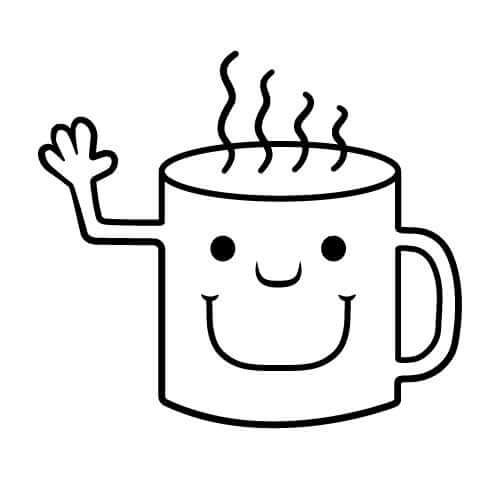We carry a LOT of coffees, and it can be intimidating to new customers. the three best-selling coffees this year have been:
1-Outdoorsy Sumatra
2-Inspirational Artist’s Blend
3-Get in Gear Morning Blend
They sell the best because they are crowd-pleasing. Nice, medium to dark roast coffees that appeal to everyone. Nothing particularly special, but great everyday coffees that we can consistently roast all year round and have a large fan base.
But if you ask me what you SHOULD be drinking…..here’s what’s extra special right now:
1– if price isn’t an issue, Yemen. Yemen and Ethiopia Harrar are the only two places that can grow the Mokka varietal of coffee bean. This coffee is the original heirloom strain that other coffees came from, and most countries would grow it if they could. A farmer in Guatemala managed to grow 8 pounds of it a couple years ago, and sold it for $500 a pound. Yemen coffee is incredibly hard to import, and even when successful, they are rarely as amazing as this one tastes, and rarely traceable back to a responsible co-op like this one is. If you look at what the few other roasters that have it charge, you see prices from $25-$40 a pound. So the $16 a pound suddenly doesn’t seem so expensive. The trademark for a good Yemen is Malty (taste of grain), bitter (think baker’s cocoa), and fruit (anything from berries to stone fruit to oranges, etc, but this one has a slight banana flavor which I’m obsessed with).
2–Royal Ethiopia Harrar. Most of the coffees out there labeled Harrar aren’t good Harrars. A traditional Harrar is from the Mokka varietal and tastes incredibly sweet with unmistakable blueberry notes and no earthiness. This one is so beautifully complex that it seems a bit “weird” to the average coffee drinker, but the ones who know good coffee can’t get enough of it. (Granted, this coffee is best as a french press or pourover. You won’t taste as much blueberry in your electric coffee pot).
3–Kenya Jungle. Kenya traditionally grew a hard-to-grow varietal called SL-28, and that’s what gave it the red-wine/blackberry taste. Then they mutated it to SL-34 which was almost as good but easier to grow, and they would blend the two beans together. Then the farmers started blending in even easier varietals like Caturra (boring) and Ruiru hybrid (awful!) and Bourbon (nice, but rarely amazing), and little by little Kenyan coffee stopped being so special (but was still just as expensive). We only buy Kenyas that are SL-34 (which are not easy to find anymore!), but this is the first time in 5 years we found one



1 comment
Can’t find Inspirational Artist’s Blend? Are you out?